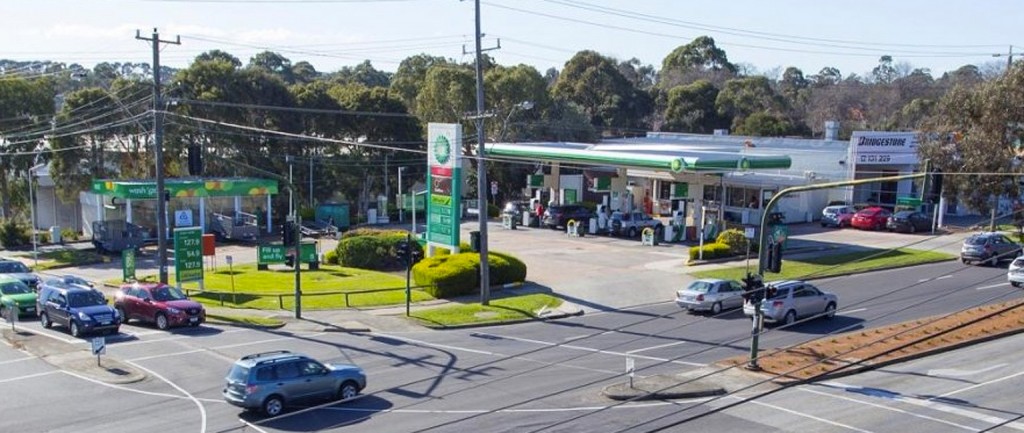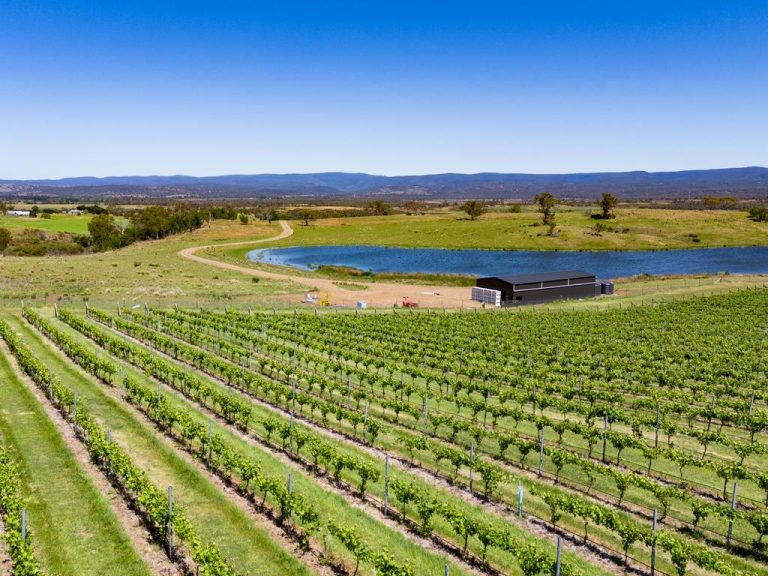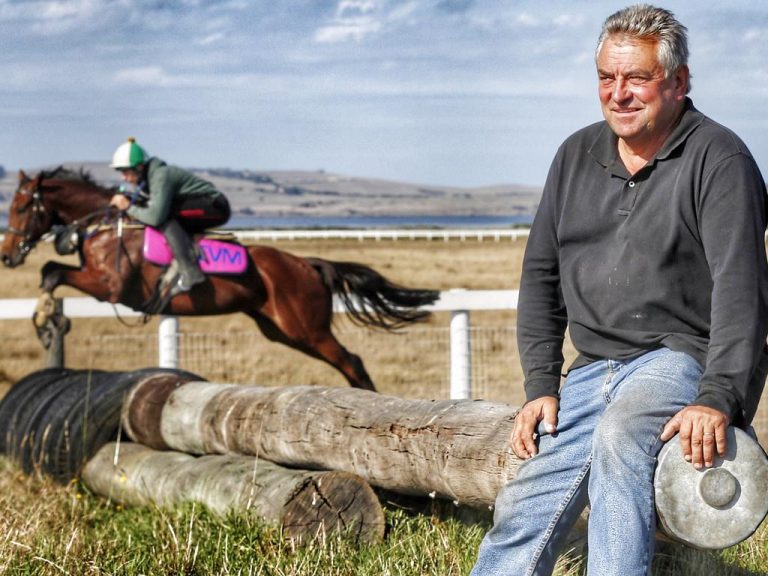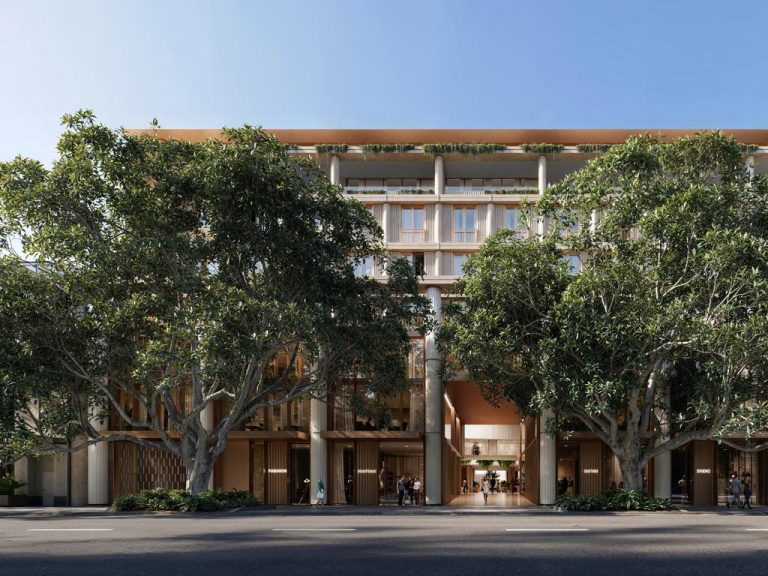Investors hot and cold on petrol stations

Petrol stations will continue to be keenly sought after among commercial property investors, new research says, despite mixed results at recent auctions.
A Knight Frank research report released this month says petrol stations leased to major players will remain popular because of a lack of buying opportunities for investors.
“With new market entrants aggressively seeking assets, investor demand will remain high, however restricted by the lack of available stock,” the report says.
“With increased interest for low value, defensive assets which offer long-term cash flow and a secure long-term tenant, average net yields in NSW, Queensland and Victoria have compressed.”
The report comes as commercial property buyers jumped at two Victorian petrol stations at last week’s Burgess Rawson investment portfolio auction in Melbourne, but couldn’t be tempted by a pair of stations in regional Queensland.

This Liberty-leased station was sold for $2.97 million
A BP outlet at 417 Canterbury Rd, Vermont, sold for $4.7 million on a 7.08% yield, while a Liberty station on Moorooduc Highway in Baxter was snapped up for $2.97 million – a yield of 6.21%.
But just moments later a station leased to Caltex at Gympie, north of Brisbane, was passed in at $2.9 million and another Caltex at Calliope, near Gladstone, was also passed aside.
There’s a lot of guys running around at the moment trying to build sites and find sites around the country, so there is a demand for more sites
Burgess Rawson director Jamie Perlinger says petrol stations with strong leases to Australia’s major fuel operators would always find a buyer eventually.
“Liberty is now owned 50% by Shell … so it was interesting to see how the market saw that,” he says.
“They saw it as quite a strong lease covenant and that’s why it went to 6.2%.”
“Vermont wasn’t a lease to BP, it was an independent. But he’s got 45 of them, he’s a well-known BP operator, he buys and sells them and he’s one of BP’s favourite independents out there.”

A station in Gympie is yet to find a buyer after being passed in at $2.9 million
Perlinger says Woolworths and Coles had changed the petrol station landscape and made those assets a safer proposition for investors.
“Now that Coles and Woolies are in that space, it used to be just petrol buyers buying petrol stations and that was it, but now the retail buyer will buy them because of things like remediation clauses in these leases now where it is purely responsibility of the tenant,” he says.
They’re usually on high profile corner sites on main roads, so they’re always going to have alternate uses down the track
“Being Woolworths and Coles, they’ve obviously got a fair bit of money behind them, so you find that your mum and dad retail buyers are very happy to buy them.”
Perlinger says a more pressing concern was finding enough sites to satisfy the demand for investment in them.
“There’s a lot of guys running around at the moment trying to build sites and find sites around the country, so there is a demand for more sites. Shell and BP are very aggressive out there trying to find more sites.”

An ANZ bank in Sunshine was one of the most sought after Burgess Rawson auction items
“They’re usually on high profile corner sites on main roads, so they’re always going to have alternate uses down the track”
Other properties sold at the Burgess Rawson auction included a two-level, 509sqm building leased to ANZ in Sunshine, Victoria, which sold for $2.101 million on a 4.99% yield, and a Mooroolbark property leased to Commonwealth Bank that sold for $1.901 million after a vendor bid of $1.899 million.
A Dominos Pizza outlet at Wyndham Vale sold for $890,000, while a Ritchies IGA supermarket at Cobram on the Victoria-NSW border reached $3.21 million.







